Taxonomies
A small piece of admin: a new category addition
Very eagle-eyed regular readers might have noticed that a few days ago I added a new category to the list of post categories over in the menus. It’s quite a rare event, to be honest: most of the categories have been there for many years, and new additions really don’t happen very often. Before this week, the last one I think was Being Crafty, which arrived several months ago.
The new category is This Is Not A Memoir, and in a sense that title could apply to every single thing I post here. The real point of the new category, is for posts describing my experiences of being me: a queer, transgender woman living in Britain. But it’s not a memoir. It’s not a coherent story with a beginning, a middle, and I definitely hope not an end for a very long time. It’s for, rather, moments in my life, moments of joy and sadness, moments coloured by my own life experience.
For a long time, “memoir” has been the default form in which British trans women express themselves. It all probably started with Jan Morris, who wrote and published Conundrum in the mid-1970s shortly after having her GRS operation in North Africa. Since then there have been so many other “trans memoirs” that it is almost required for any writers who want to discuss trans rights, trans issues: you have to start by talking about your own experience, almost to prove your right to talk about the topic.* This mode was specifically called out by Shon Faye in her book The Transgender Issue: An Argument For Justice, which I suggest you go and read if you want to find out more about the treatment of trans people in general in this country.
This is not my mode either. This is a blog, after all, and I am not going to embark on any sort of book-length project in its pages.** For many years, I didn’t even mention that I was trans in any of my posts. My experiences as a trans person, though, were deeply but silently embedded in it, right back to one of the very first posts, about the court ruling Goodwin vs the UK, 22 years ago, which—although we didn’t realise it at the time—set up the entire legal framework for trans lives in Europe today. Put simply, the basic principle of the Goodwin ruling is that when trans people transition, they must be able to entirely expunge their former name from the record. It’s why my university was willing to send me a new degree certificate with the right name on, why there is a special secret process for DBS-checking a trans person, and partly why trans people have their NHS number changed on transition—something not even many people who work in the NHS are aware of.
I’ve already mentioned that, when I sat down to write about the death of The Mother in the same way I covered the death of my father, I simply couldn’t write about it in the same way without explaining first that I am trans. I transitioned “properly and for keeps” in between the two, and so many aspects of the experience were tied up with being a trans person that I felt I needed to “come out” to you all first. And that—inevitably, I suppose—has unlocked the floodgates, has left me comfortable writing about other aspects of being trans, other aspects of my transition, things about my life that I’d like to tell you, and things that I’d like to set down in my own canonical form before the memory fades any further. It will be helpful to you, possibly, if they are all filed in one place, even if that place itself is a haphazard mishmash in a random order
Hopefully, this is a useful explanation, not that I really needed to give you one. I’ve been thinking more about navigation, too, because the navigation of the site is tied very much to the blogging styles of twenty years ago, with every post being categorised, every post having keyword tags. I’m working through a few ideas for helping readers follow threads, follow individual projects, without needing to manually insert links between them. I’m not sure where that idea is going to go. This new category, though, is a start.
* I’m not going to name the well-known trans journalist who has been known to give her partners a signed copy of her own memoir as a present.
** Until I do get around to writing Caitlin Teaches You How To Code

 Home
Home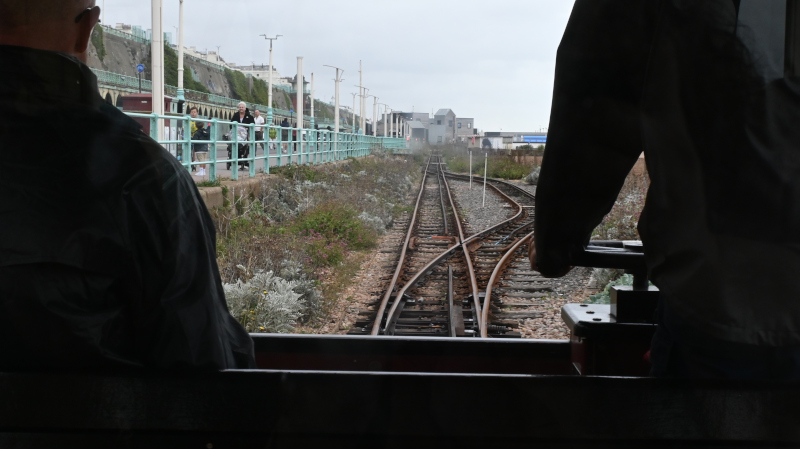
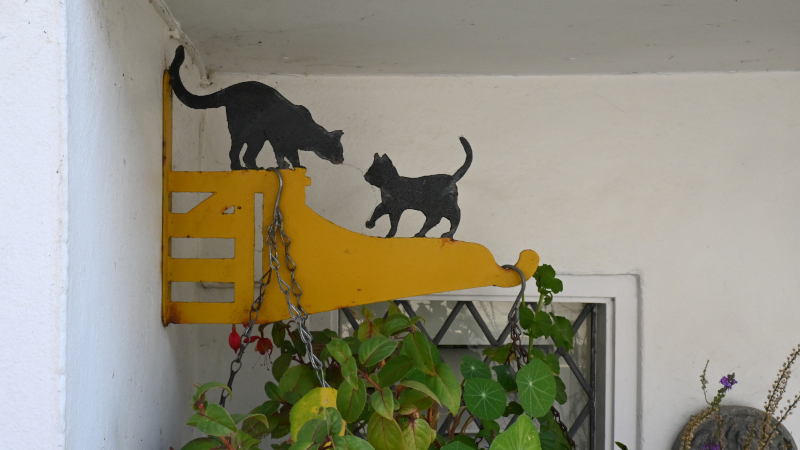
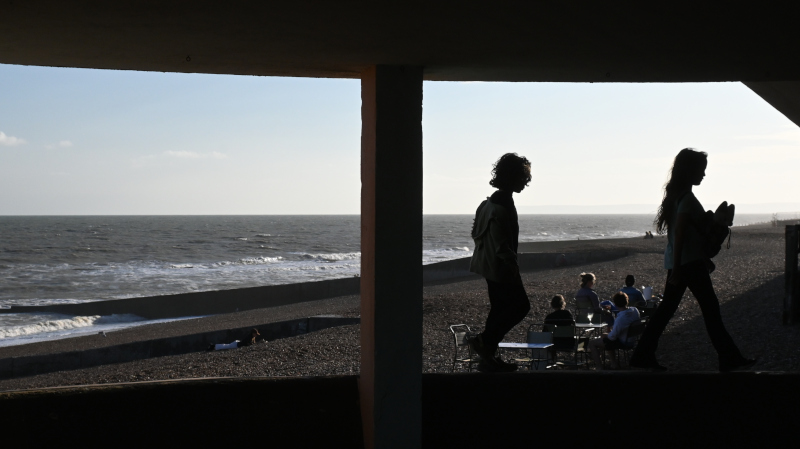
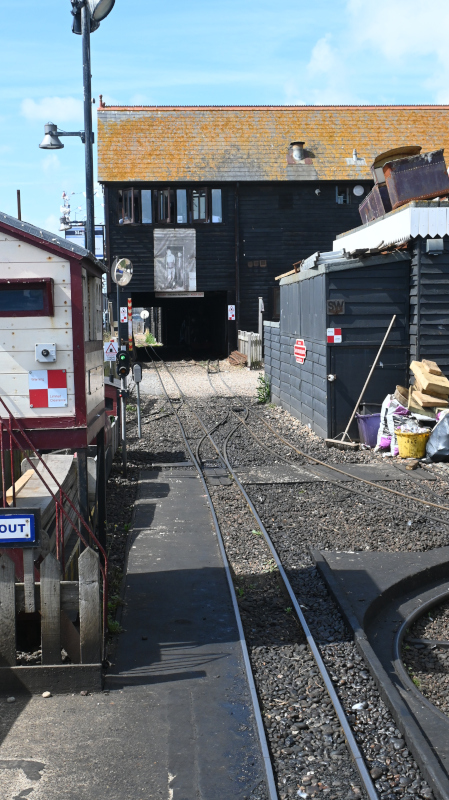
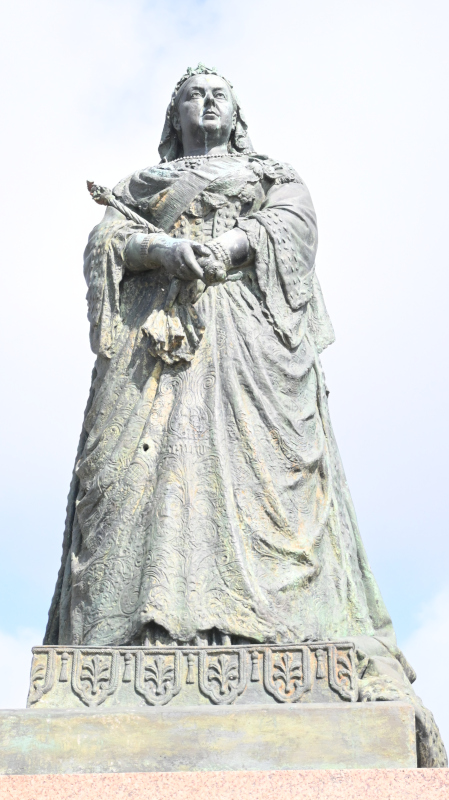
 Newer posts »
Newer posts »